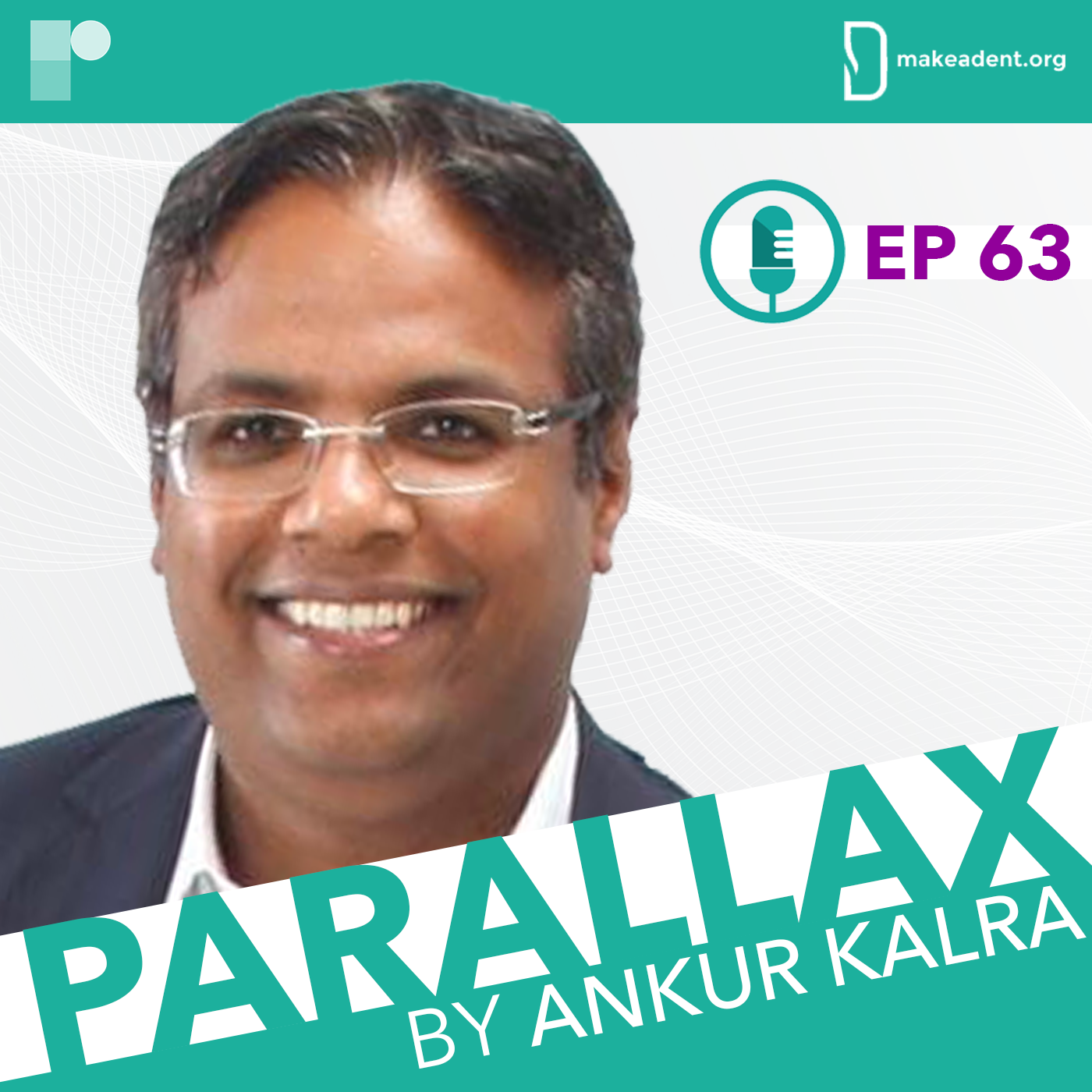
In 2005, the concept of hemorrhagic MI was a preformed idea. In 2022, after years of collaboration, technical advances and research, the findings on large MI size have the potential to fundamentally improve the care of patients suffering from heart attacks.
In this week’s Parallax podcast, Dr Ankur Kalra welcomes Dr Rohan Dharmakumar, Executive Director of the Krannert Cardiovascular Research Center at IU School of Medicine, to talk about his research on hemorrhagic myocardial infarction (MI).
In this in-depth and engaging episode, Dr Kalra and Dr Dharmakumar invite us to a journey from the inception of the idea through the application of experimental imagining with serial scans to collaborative, mechanistic studies that shed light on an unmet clinical need.
What is the concept of hemorrhagic MI? How can these findings be translated to clinical practice? How can we mitigate hemorrhagic MI?
Questions and comments can be sent to “podcast@radciffe-group.com” and may be answered by Ankur in the next episode. Guest @rohandkumar1, hosted by @AnkurKalraMD. Produced by @RadcliffeCARDIO.

Brought to you by Edwards: www.edwardstavr.com
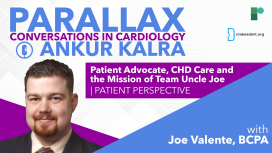
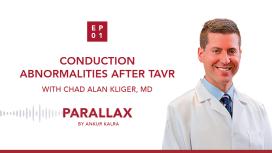
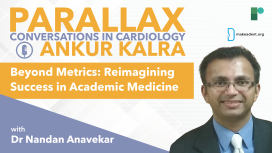
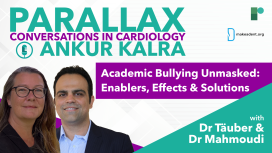
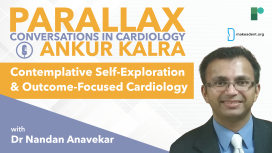
What is the Global Cardiology University project? How does Dr Anavekar encourage trainees to re-examine their role in patient care? What is his advice to our listeners?
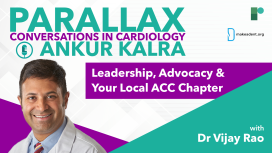
As Dr Kalra asks Dr Rao about the ways in which early career faculty members can get involved with the organization at a state level. Dr Rao shares his insider tips and highlights key events where individuals can further their participation.
How can you get involved with your local ACC chapter? How can you improve your leadership skills? What is Dr Rao’s advice for our listeners?

He explains how the complexity of nutrition and the compounds generated by the gut microbiome can impact our health. We learn more about three compounds produced by our gut microbiome that have a strong connection with heart disease.
Through this conversation, Dr Vuyisich invites us to reframe our approach to nutrition and prevention as a question of food education and data-driven science.





